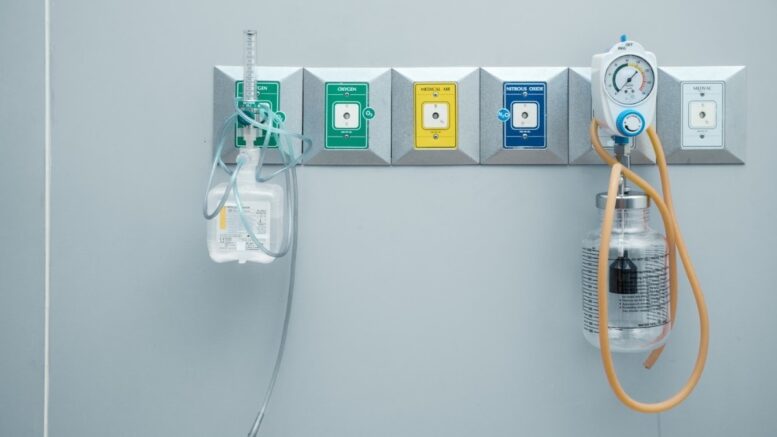It seems strange to link a medical profession with a vacuum, but it isn’t the one most people will have in mind. There are different applications for a vacuum system in medicine, and when patients need it, they’re relieved that it is there.
A vacuum is a sucking power that various equipment can link to for their varying functions. Hospitals would have a more extensive vacuum system that connects them to all the areas where patients could need them. In contrast, ambulances or doctors’ offices could have a more portable vacuum form available.
Although medical staff won’t use a vacuum for each patient, it still is a crucial part of medical equipment that should be ready for use. Here are some of the ways the healthcare industry can apply vacuum systems for their patients:
Laboratory Functions
Medical laboratories test various substances and biomaterials like skin, hair, and the like. The testing processes are necessary for determining illness or the potential for disease. Many laboratories use a vacuum system to carry out their tests safely.
Some procedures call for a vacuum degasser while others need an overhead vacuum system to suck out any hazardous particles from the laboratory air.
Wound Care
More extensive wounds that go deep into the human tissue may require suctioning to prevent a buildup of fluids. Getting rid of the excess liquid by using a vacuum system allows the injury to heal faster and with more integrity. Oxygen plays an essential part in wound healing; the more airflow a wound gets, the more oxygen can deposit on the wound area.
An intricate system of tubes and collection vesicles are attached to the vacuum system, and the medical staff then safely dispose of the used equipment after the wound drains.
Airway Aspiration
One of the first signs of illness or disease is the formation of copious amounts of mucus in the airways. This reaction is the body’s way of protecting itself, but if the slime doesn’t drain through coughing or sneezing, the person could have serious complications.
Patients that struggle to expel it on their own will receive airway aspiration that uses vacuum suction to relieve them from the mucus buildup. The suctioned mucus goes into a receptacle that staff can dispose of as part of the other medical waste.
Clearing Of Fluids
During a surgical procedure, most patients receive anesthesia for its duration. It means that the person isn’t in control of their voluntary functions and some involuntary functions could also suffer. The medical staff applies vacuum suction to any area they feel needs clearing, mainly when blood flows into the wound where they are operating.
Clearing fluids is essential for surgeons to see where they need to work and for the patient’s safety, like saliva, which could obstruct their airways. Surgeons could also use the vacuum to close a wound after they complete the surgery.
Immobilization Of Patients
Hospitals have a specialized blanket with mini air pockets that can connect to the central vacuum system during a procedure. Once the vacuum sucks all the air out of the blanket, it wraps around the patient or the area it is in place to immobilize them.
For some procedures, the patient or their limb must be in place to prevent them from moving while the doctors perform the operations. Delicate or refined work that requires a lot of concentration from the medical staff is made more accessible by immobilizing some body parts.

Sterilization Of Instruments
Medical equipment like surgical tools, some types of tubing, and other devices used during medical procedures are sterilized for reuse instead of discarding them. Before sending the items for sterilization, they are cleaned thoroughly and put into vacuum-sealed packets. These packets then go through the process, and tools or equipment are ready for the next patient.
Cosmetic Surgeries
Although most people only know about the liposuction procedures that people undergo to make themselves look skinnier, there are other applications and perks for sucking the fat from an area of the body. When a patient has extensive damage to some body parts, surgeons could harvest the fat cells by using a vacuum system before implanting them into the damaged area.
The Final Word
Vacuum systems have many uses and are applied in various medical situations in the healthcare sector. Without it, some patients could suffer horrible complications, including death. For this reason, a fully functional vacuum system should always be on hand at any medical facility, especially where patients with various needs receive treatment for their ailments, like at a hospital.
Though very significant, vacuum technology is often underrated and many forget the critical role of the patients, medical staff, or laboratory workers who rely on it daily. This short explainer details the multiple hats vacuum systems wear in aiding in providing the best medical care to those who need it.
